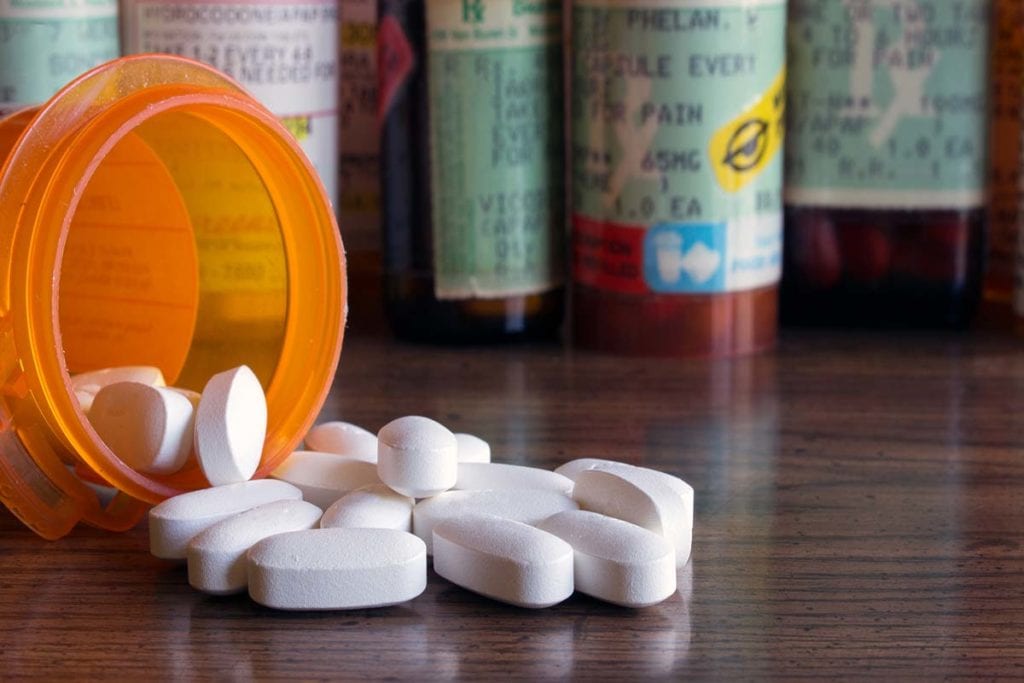Two out of every three drug overdoses in the U.S. involve an opioid. Opioid epidemic statistics are concerning. Opioids killed nearly four times as many people as drunk driving in 2017. Opioid addiction stats found that 47,000 people died from overdoses involving overdoses in 2017. Those battling addictions need to seek out an opioid addiction treatment center in Hanover, PA.
What are Opioids?
Opioids are synthetic opiates, which are themselves, pain killers. They occur in small amounts in the human body. Natural opiates include codeine and morphine. Opioids are synthetic or partially synthetic versions of opiates. Some examples of opioids include Fentanyl, Suboxone, and oxycodone.
Opioid Epidemic Statistics
Opioid-related deaths increased by five times from 1999 to 2017. Opioids are responsible for more deaths than any other type of opiate. In 2017, there were 28,000 deaths involving opioids, not including methadone. Many of these are attributed to Fentanyl or Fentanyl analogs. Fentanyl is 100 times more potent than morphine. It is prescribed for patients in severe pain. However, Fentanyl is also manufactured illegally in laboratories. It can then be made into counterfeit pain pills or added to heroin. Opioid epidemic statistics show that 1,000 people visit the emergency room each day due to misusing opiates. The CDC estimates that the total cost from misusing opiates each year is nearly $80 billion when costs of addiction treatment, lost wages, healthcare costs, and justice system involvement. A 2010 study revealed that 12 million people had used an opiate for nonmedical reasons at least once in their lives. An analysis from Blue Cross Blue Shield that looked at opioid addiction stats revealed that the number of its members with an opioid use disorder climbed nearly 500% from 2010 to 2016. Don’t be a statistic. Reach out to Pennsylvania’s opioid addiction treatment center for yourself or a loved one.
Opioid Prescription Data
Hydrocodone was the most prescribed drug over the last few years, followed by oxycodone. Hydrocodone is a mild opiate. However, it is still a powerful drug with a high potential for addiction. Opioid epidemic statistics show 80% of prescriptions come from 20% of doctors. These are family practice and internal medicine physicians instead of pain specialists. New laws are now limiting the number of opiate prescriptions doctor’s offices can write. In 2016, doctors wrote over 214 million opioid prescriptions. One in four people who are legitimately prescribed opiates will end up with some dependence or addiction. One of the surprising opioid addiction stats is that 3 out of 4 people who are currently abusing opiates began by getting them from a friend or family member that had a legitimate prescription for them. They may have willingly been given the medication or stolen it from the person’s home. Opioid prescriptions increased by 104% from 2000 to 2010. This rise in prescriptions is believed to be linked to the increase in opiate addiction stats.
Why are Opioids so Addictive?
The opioid epidemic stats from 2016 show that more than 11 million people abused opiates. What makes opioids so addictive? There are two aspects of opioid addiction when it comes to opioid epidemic statistics, physical and psychological. The physical addiction is a result of opioids binding to opiate receptors in the brain. Over time, this becomes the brain’s new normal. Withdrawal can lead to nausea, flu-like symptoms, anxiety, insomnia, depression, and pain. Withdrawals lead many people to continue using opioids once they become addicted. Psychological addiction occurs, as well. Opioids mimic the brain’s natural feel-good chemicals. This action results in a euphoric high. Discontinuing opioids can cause depression as well as severe psychological cravings for the drug because the brain has been rewired. The brain doesn’t distinguish between things that are good for us that make us feel good and things that are bad for us that make us feel good. It only knows that it wants more of what feels good. To recovery from physical and psychological side effects, The Ranch PA provides substance abuse treatment programs in Hanover for alcohol and drug abuse.
Ending the Opioid Epidemic
Opioid epidemic statistics don’t show any signs of the epidemic ending in the near future. Focusing on opioid addiction stats can be overwhelming and make you feel hopeless. However, many people recover from opiate addiction and go on to live happy and productive lives. If you are addicted to opioids, don’t become a statistic and contact The Ranch PA. Call addiction treatment experts at 717.969.9126 today. The best way to end the epidemic is one person at a time, starting with you.

